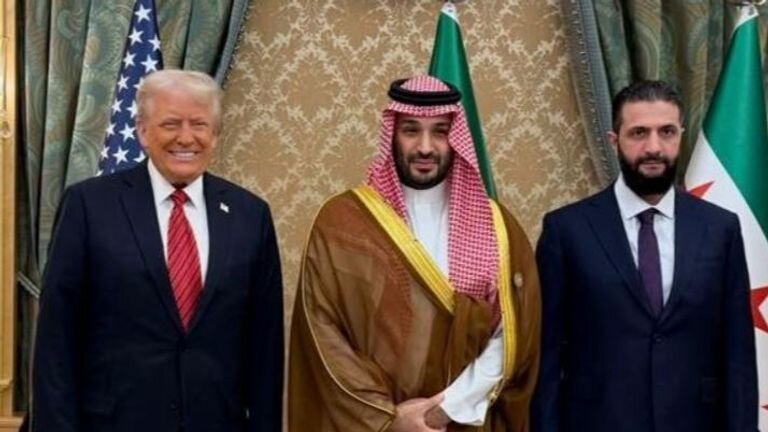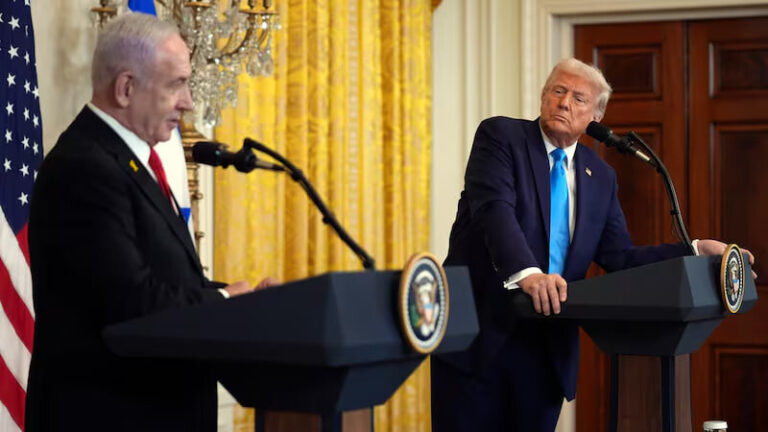Trump’s Aspirations Realized: A Journey to Fulfillment
Former President Donald Trump’s recent visit to the Middle East has resulted in unprecedented investment commitments, estimated at a staggering $3-$4 trillion, primarily from key players such as Saudi Arabia, Qatar, and the UAE. These monumental deals, celebrated in grand ceremonial events, signify a remarkable shift in political dynamics, showcasing Trump’s business-centric approach and his vision for America’s economic dominance.
With the U.S. GDP hovering around $27 trillion, these agreements account for nearly 15% of the nation’s economic output. Trump’s strategy reflects his desire to reinforce America’s economic standing through aggressive deal-making, positioning him not only as a national leader but as a significant global figurehead.
Trump’s Economic Vision
Trump’s vision for America revolves around reasserting its dominance through economic leverage. His approach is evident in several key strategies:
- Raising tariffs to incentivize domestic manufacturing, thereby reducing reliance on imports.
- Favoring a weaker dollar to boost the competitiveness of U.S. exports globally.
- Positioning America as a leading exporter to ensure that economic strength underpins geopolitical power.
During his recent trip, significant deals were made involving Boeing aircraft, U.S. defense systems, and technology agreements. These agreements aim to:
- Stimulate the domestic defense industry.
- Create thousands of jobs.
- Re-establish America as a manufacturing hub.
Trump also visited the U.S. airbase in Al-Udeid, Qatar, reinforcing his commitment to maintaining military installations in strategically critical locations as part of his foreign military strategy.
America First Policy
Trump’s administration has been characterized by a strong “America First” policy. This approach prioritizes the internal economic strength of the U.S. while leveraging global influence. Notably, Trump has opposed expansive funding for NGOs and covert operations traditionally associated with the deep state, opting to slash USAID when he first took office.
In a controversial meeting, Trump engaged with Al-Sharaa, the de facto Syrian president linked to Al-Qaeda. While previously condemning such groups, Trump appeared to overlook Al-Sharaa’s controversial past. His administration’s stance reflects a nuanced approach to U.S. foreign policy in the region, which has historically involved navigating complex relationships.
Shifting Dynamics in Syria
The meeting with Al-Sharaa signifies a potential shift in American recognition of leadership in Syria, as it aligns with U.S. interests in the region. Key points regarding Trump’s strategy in Syria include:
- Facilitating normalization with Israel through Al-Sharaa’s leadership.
- Shifting the sponsorship of the Syrian file from Qatar to Saudi Arabia.
- Establishing a balance of interests among Turkey, Saudi Arabia, and Israel regarding Syria’s future.
Despite Saudi Arabia’s concerns about former Al-Qaeda groups gaining power in Syria, the kingdom’s involvement underscores that these groups serve functional Western interests. The Syrian government’s instability reflects a reliance on foreign sponsors, complicating its sovereignty and effectiveness.
Implications of Western Sanctions
Western sanctions are being lifted not due to a recognition of Syria’s strength but as a concession extracted through submission. Trump’s Middle East tour has clarified the expanding roles of Persian Gulf Arab states and their strategic alignments, tethering Syria’s fate to a broader regional landscape influenced by Saudi and Turkish interests.
As the Persian Gulf strengthens and the Israeli occupation entity faces challenges, resistance movements are increasingly recognized as essential players in the region. Trump’s acknowledgment of American setbacks, including the situation in Yemen and the unresolved issue in Gaza, highlights the complexity of Middle Eastern geopolitics.
Conclusion
In summary, Trump’s visit to the Middle East underscores a new regional order shaped by economic interests and strategic calculations. As power dynamics shift in West Asia, the implications of these developments will continue to unfold, influencing the future of U.S. foreign policy and its relationships within the region.






